You’re climbing a hill, going hard and breathless, your legs are burning, full of blood lactate, you glance up, only to see your buddies ride away into the distance… While we may think the burn is bad, recent research has some surprising findings about the benefits of blood lactate and it’s connection with improving cycling performance.
Lactic Acid or Blood Lactate
You may find that the terms “lactic acid” and “blood lactate” used to describe the burn when a cyclist exercises at high intensity. We assume that they are the same thing, but they are different. Blood Lactate is actually produced by your body when you exercise and serves as a fuel for the muscles, helps delay fatigue and reduces injury. Lactic acid is not produced by the body during exercise, and it is different from blood lactate in that it contains one additional proton. This difference is very small, hence the confusion, but the body produces and uses blood lactate, not lactic acid. It’s a common mistake.
What is blood lactate
When cycling your body draws on your glucose, glycogen, fat and protein stores to produce energy for your muscles. The primary energy burned is glycogen which is converted into ATP and can be burned aerobically (with oxygen) or anaerobically (without oxygen).
As far back as the 1900s, it was thought that blood lactate was only produced when performing exercise at high-intensities or anaerobically. This has been investigated further and during the last 20 years the theory has been challenged. It has been discovered that you burn ATP both aerobically and anaerobically regardless of how hard you are exercising. The difference is that at lower intensities you are predominantly burning ATP aerobically while at higher intensities you are burning it anaerobically.
So how is blood lactate produced?
This anaerobic chemical reaction when exercising at high intensity produces more blood lactate and hydrogen ions than your body can clear. The increase of hydrogen ions makes the blood and muscle more acidic, which reduces the muscle ability to function and it’s this that causes you to slow down.
The old way of thinking was that blood lactate makes the muscles more acidic giving you the trademark “muscle burn” associated with very intense exercise. If you continue to exercise at this high intensity, your muscles start “burning” so much that this and your breathlessness forces you to stop or reduce your intensity back towards a more aerobic level of exercise. It was thought that the blood lactate build up was bad and stops you from performing exercise at high intensities.
New research has demonstrated that lactic acid buildup in muscles does not make muscles tired as once thought but actually helps muscles keep on contracting while you are exercising in this anaerobic state.
So how do Heart Rate and Power Zones play a role in this?
When you exercise in the REC, E1, E2 and E3 training zones, that is exercising “aerobically”, you burn your energy stores aerobically and produce carbon dioxide and water as by-products. This is when you are riding at an intensity where you are not breathless. The E3 zone is when you are breathing hard, but not breathless while E2, E1 and the REC zones you are riding and breathing and able to hold a conversation.
So at these lower intensities where plenty of oxygen is available for energy metabolism to happen, the blood lactate produced by the small contribution of anaerobic metabolism will be cleared.
When you exercise in your VO2MAX Heart Rates Zone and your VO2MAX, ANC and NEU power zones at high intensities, at some point, you’ll cross over your blood lactate threshold. At these levels, you start burning your energy stores more anaerobically or without oxygen. This is when you are riding at an intensity where you are breathless.
For more information about training zones click here
So when you are out on the bike doing a massive effort and start becoming breathless and “feeling the burn”, remember that the blood lactate you are producing is helping you to keep on going for as long as you can and not the opposite.
So where does the “burn” come from?
Remember that one of the by-products of burning ATP aerobically is the increased production of hydrogen ions. The harder the effort, the more of it is produced. If you continue to exercise hard, then you’ll get to a point where your body can’t clear the hydrogen ions fast enough, and they build up in your bloodstream and muscles. That’s what is thought to produce the burning you feel when exercising hard. The great thing is that this “burn” will usually disappear within a few minutes once you reduce the intensity of your exercising.
What about muscle soreness after exercise?
Another side note is that blood lactate clears relatively quickly after exercise and the muscle soreness that is experienced a few hours to several days after intense exercise is normally associated with delayed onset muscle soreness or DOMS. DOMS may also be felt as a loss of strength and range of motion and generally reaches a peak 24 to 72 hours after the exercise.
While the main cause of DOMS is still unknown, most studies suggest that DOMS is caused by muscle cell damage and increased levels of different metabolites being released into the tissue around the muscle cells. This inflammatory-repair response is what leads to the swelling and soreness that is at it’s worst a day or two after exercise and generally disappears a few days later.
So how do you solve the issue of being dropped on climbs?
Here are three key things you can do with your training that I have found to really improve your hill climbing:
- Develop your ability to build leg strength at lower cadences
- Develop a more efficient pedal stroke using proper hill climbing pedalling techniques
- Develop your core strength to stabilise your hill climbing pedalling power
While working on one of these will help you, combining all three together will have a dramatic effect on your hill climbing.
To fast track the process we have developed a specific instructional training video that has helped 1,000’s of recreational riders and racing cyclists quickly improve their hill climbing. It will teach you the techniques to developing amazing core strength and efficient seated and standing hill climbing power that will take your climbing to the next level. It will also help you with all other aspects of your cycling. You can use it with any home trainer or load up onto Zwift and TrainerRoad or you can take it outdoors on your next training ride and become even more awesome climbing hills. Click here to get your copy.
Check out these additional articles for more information:
Aerobic vs. Anaerobic Training:
http://runnersconnect.net/running-tips/aerobic-vs-anaerobic-training/
Delayed Onset Muscle Soreness:
http://link.springer.com/article/10.2165/00007256-200333020-00005

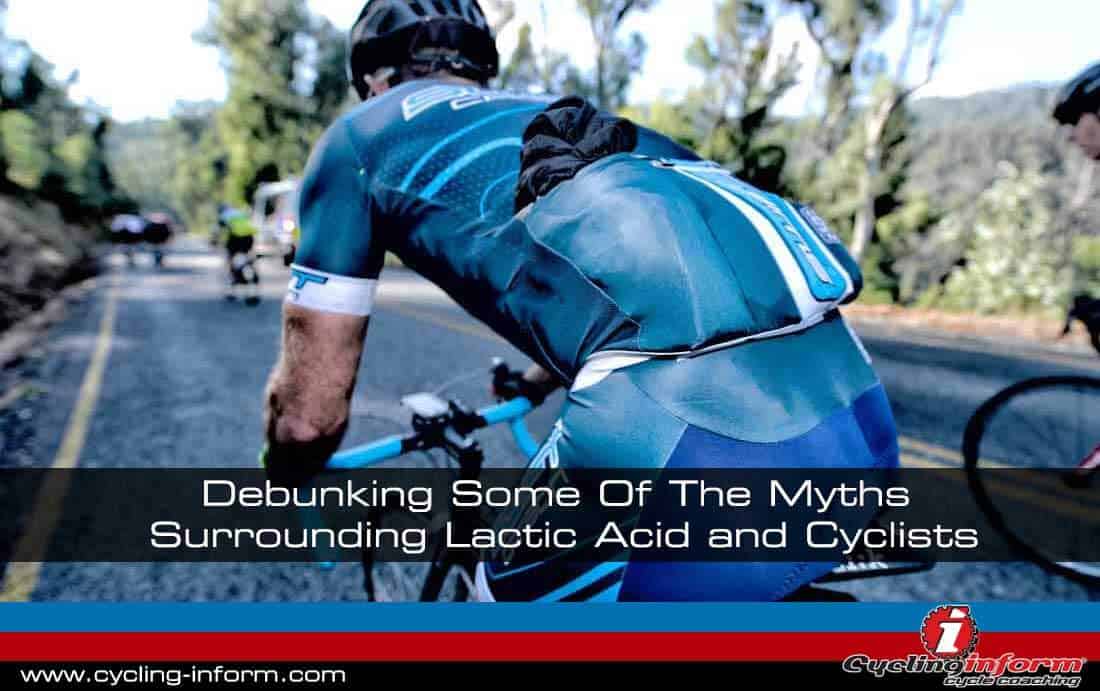
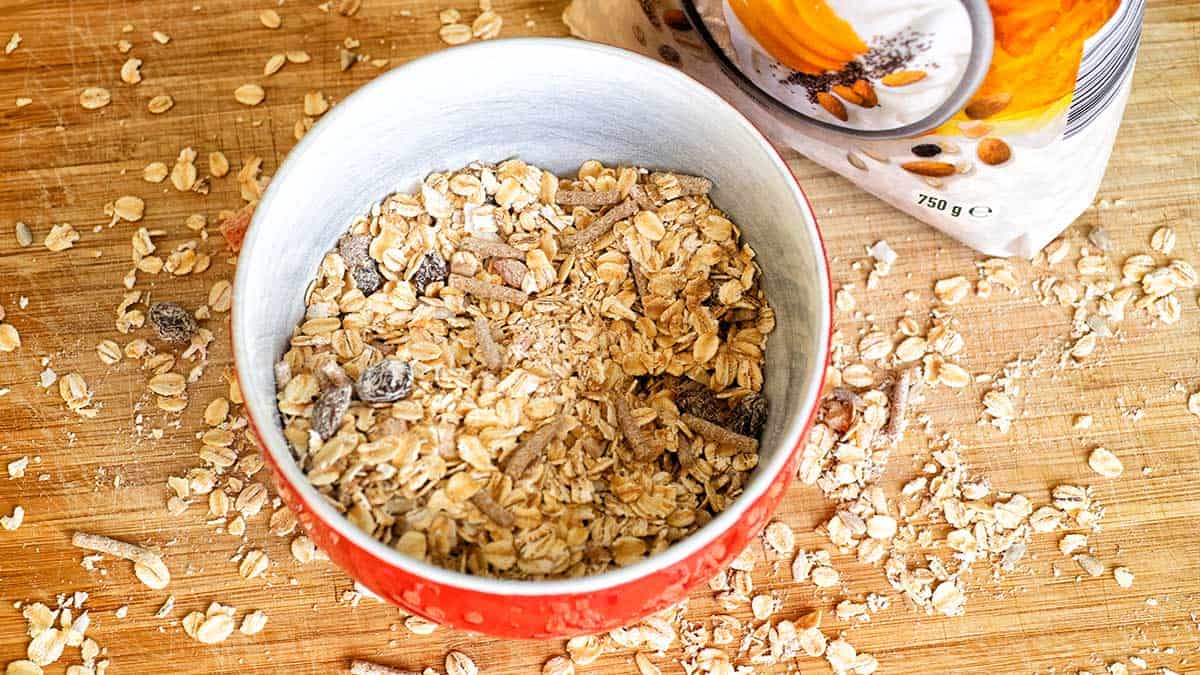
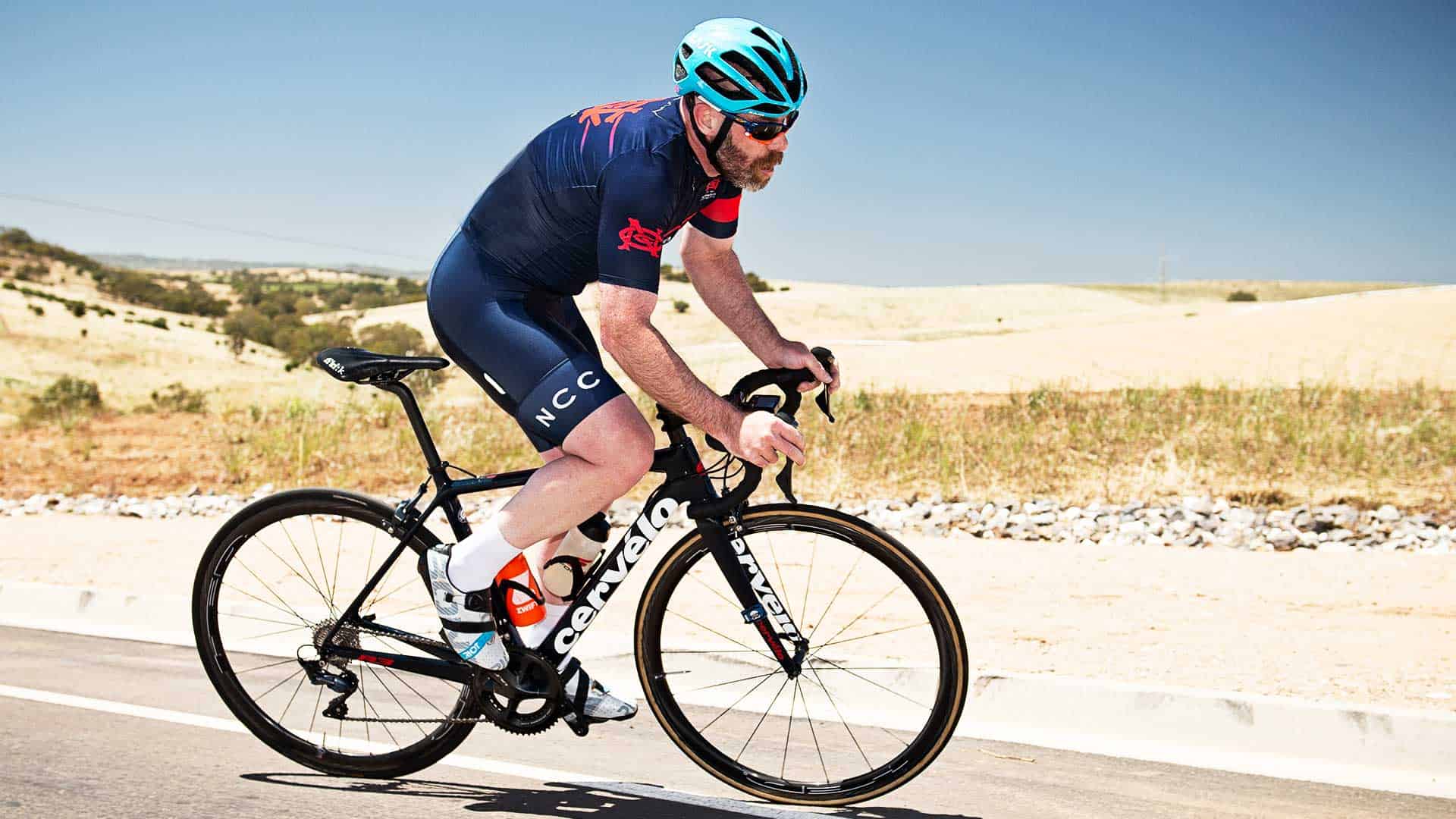
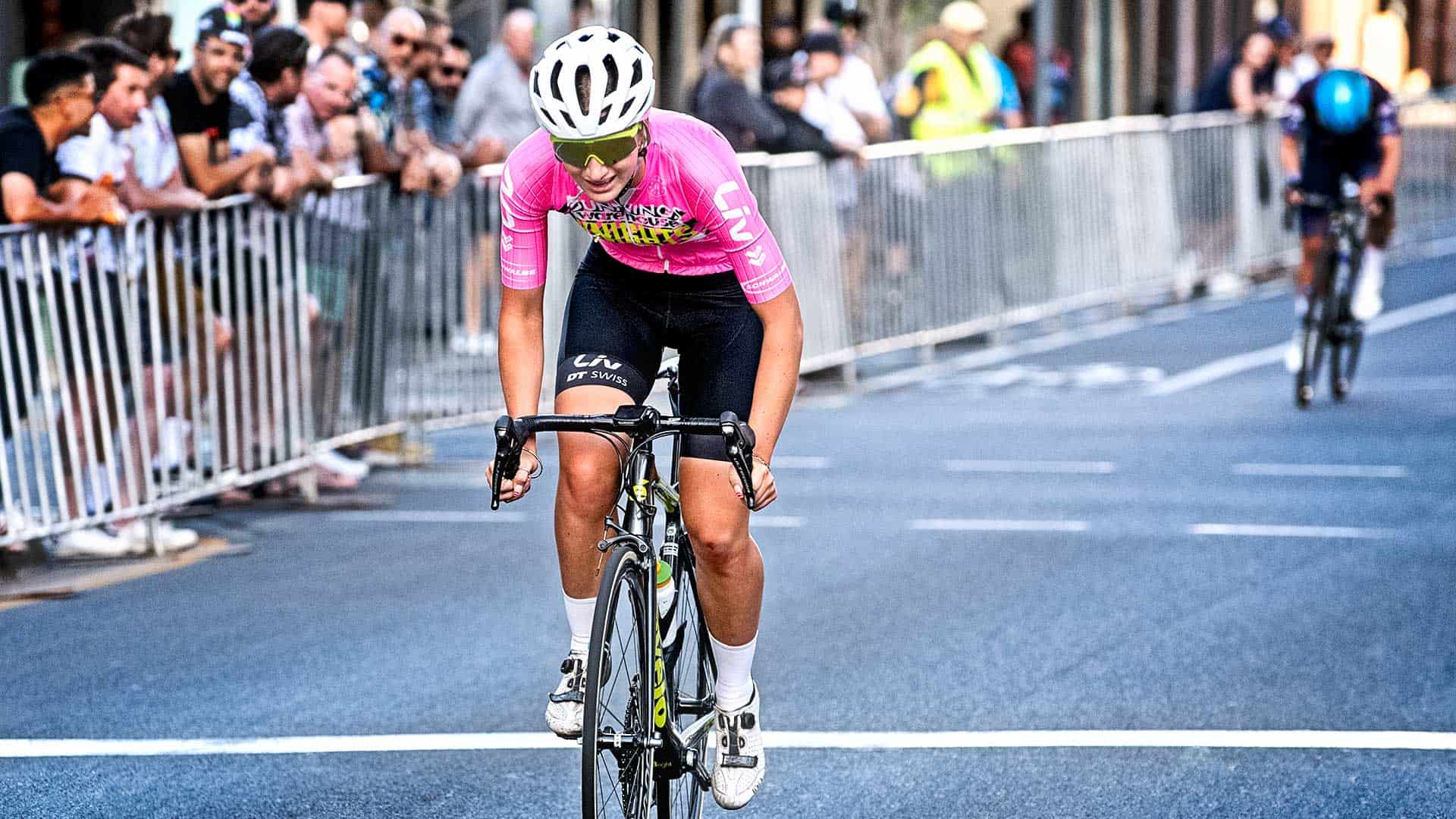
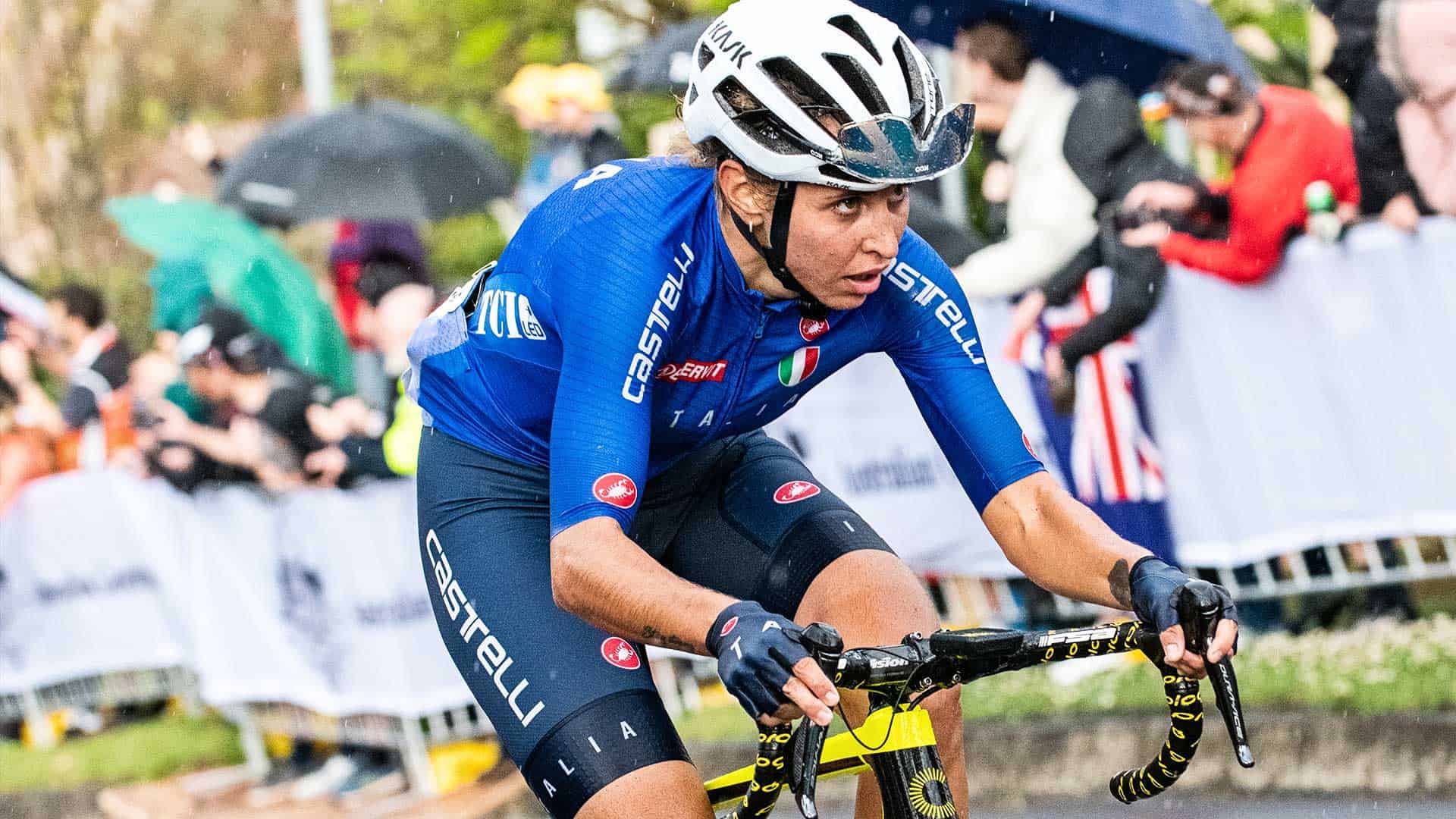
Leave A Comment